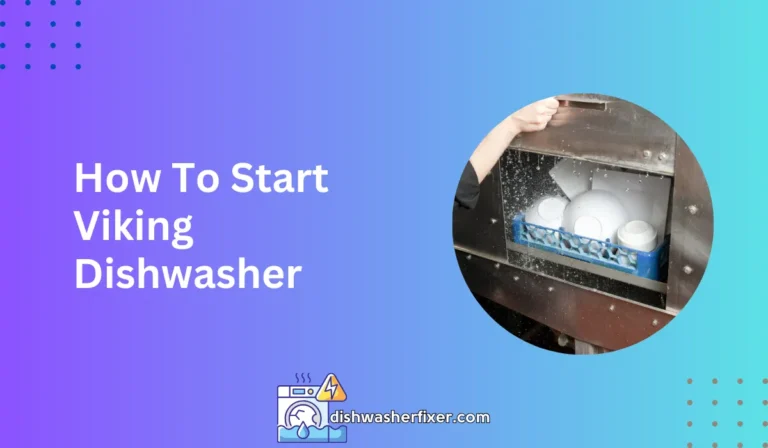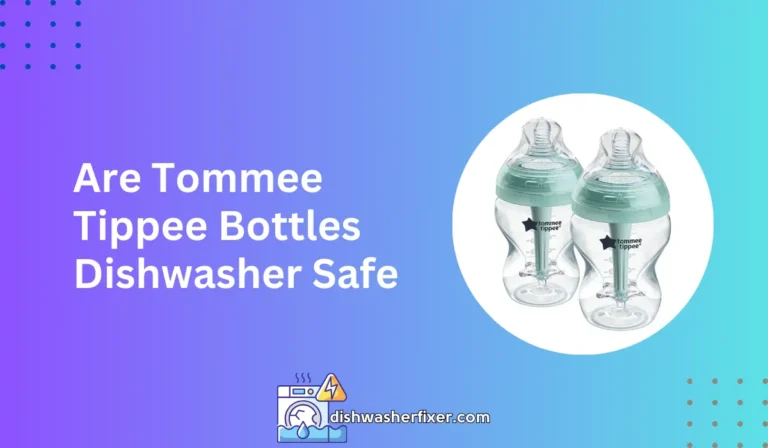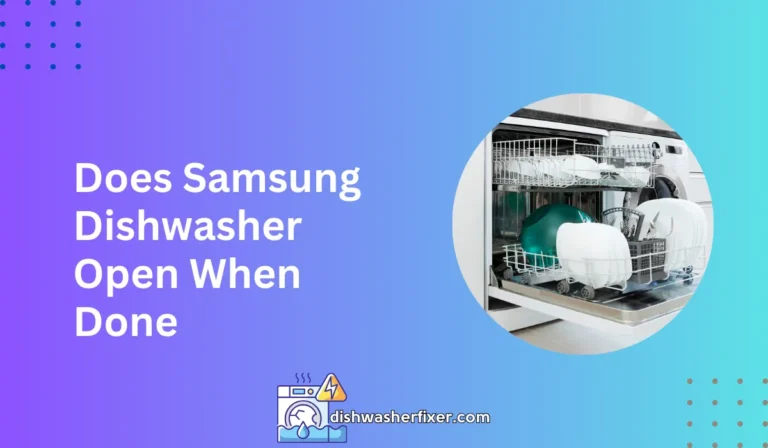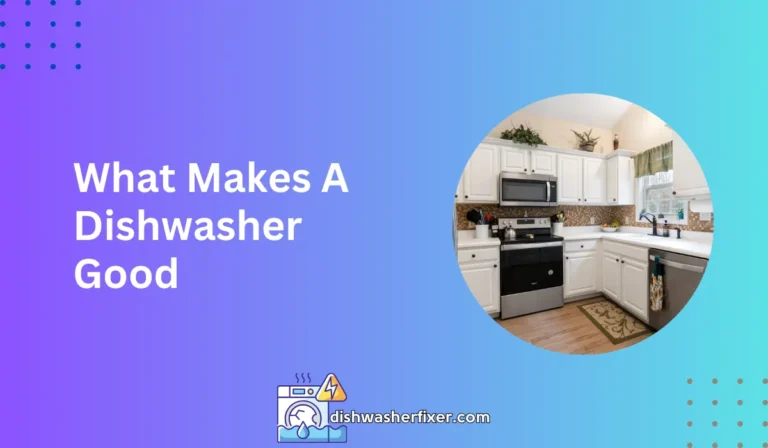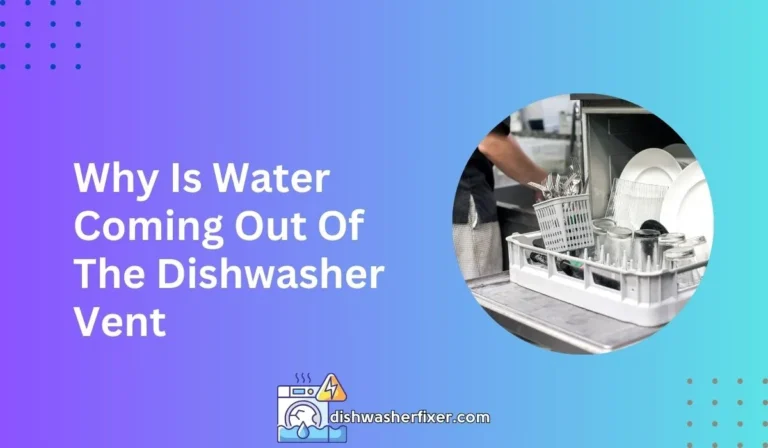How to Fix Dishwasher Overflow into Sink: Quick Drain Tips
To fix a dishwasher overflowing into the sink, first, check the sink’s air gap, cleaning any debris. If clear, inspect the dishwasher’s drain hose for clogs and ensure it’s looped high before connecting to the sink drain. Lastly, examine the dishwasher’s float switch and unclog or replace it if faulty.
Understanding Dishwasher Overflow
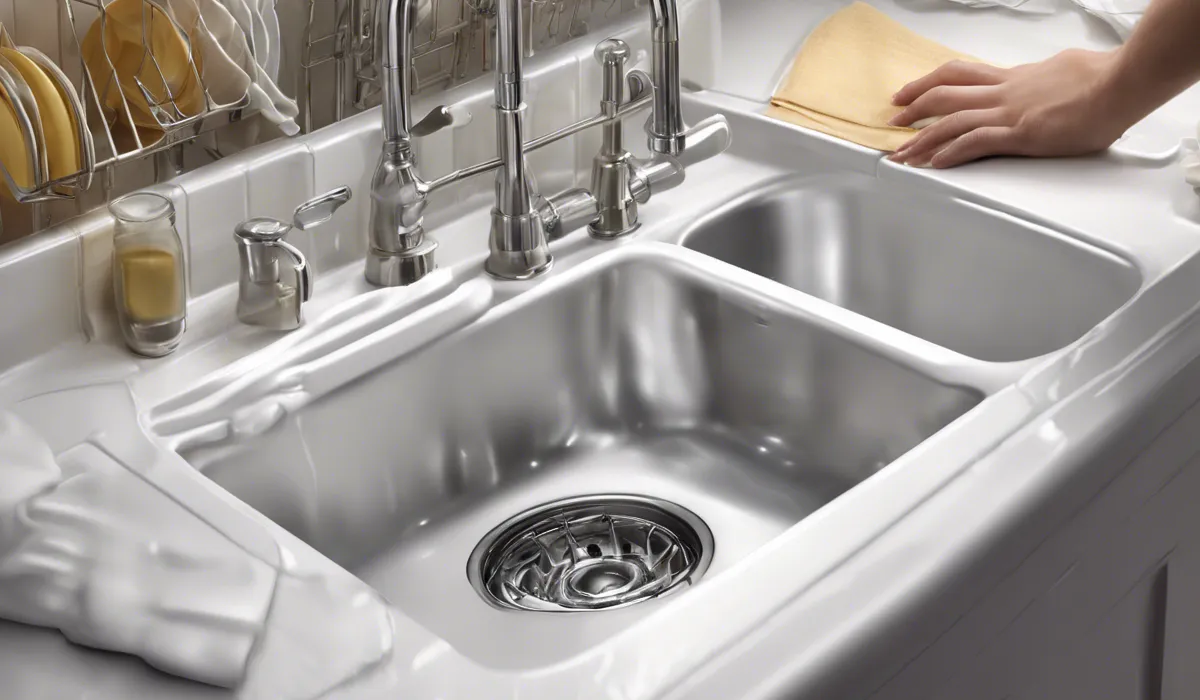
How Dishwashers and Sinks Connect
Understanding how your dishwasher and sink are connected is the first step in addressing overflow issues. Typically, your dishwasher drains through a hose that is connected to your sink’s drainage system or garbage disposal unit.
This setup allows for wastewater from the dishwasher to exit into the sewer system. However, if there is an issue within this connection, water can back up and overflow into your sink.
Common Causes of Dishwasher Overflow
Clogged Air Gap
A clogged air gap, a small cylindrical fixture on top of your sink, prevents contaminated water from flowing back into the dishwasher. When it becomes clogged with debris, it can cause water to overflow into the sink instead of draining properly.
Blocked Kitchen Sink Drain
Food particles or grease buildup in your kitchen sink drain can lead to blockages. When your sink drain is blocked, water from the dishwasher has nowhere to go, causing an overflow.
Faulty Dishwasher Check Valve
This valve prevents the backflow of water into the dishwasher. If it’s malfunctioning or stuck, it can cause water to flow back into the sink area, leading to potential overflows.
Misinstalled or Malfunctioning Garbage Disposal
If your garbage disposal is not installed correctly or is not working properly, it can prevent water from draining from the dishwasher, causing an overflow into the sink.
Overuse of Dishwasher Detergent
Using too much dishwasher detergent can create excess suds and foam, which can lead to an overflow. This is a more common issue than many realize and can usually be remedied by using less detergent.
Troubleshooting Dishwasher Overflow Issues
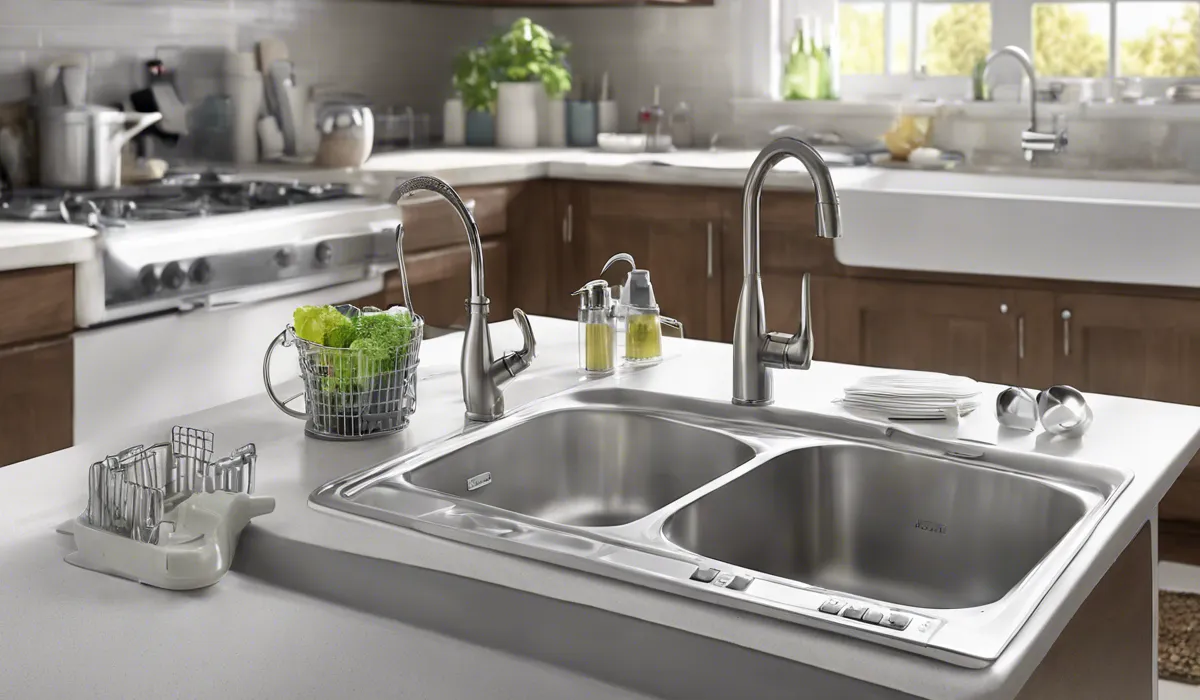
Cleaning the Air Gap
Start by checking and cleaning the air gap. You can usually twist off the cap and remove any debris that’s causing a clog. Once clear, run the dishwasher to see if the issue is resolved.
Inspecting the Sink Drain
Next, inspect your sink drain for blockages. You can use a plunger to try and dislodge any clogs or a plumber’s snake to remove more stubborn blockages. Make sure to also check the garbage disposal for any issues and run it to ensure it’s clear.
Assessing the Check Valve
Assess the dishwasher check valve by locating it (usually near the bottom of the dishwasher) and checking if it’s stuck or damaged. You might need to replace it if it’s not functioning correctly.
Garbage Disposal Functionality
Ensure that your garbage disposal is installed correctly and functioning. If you’ve recently installed a new disposal, double-check that the knockout plug for the dishwasher drain has been removed.
Detergent Usage Evaluation
Lastly, evaluate your dishwasher detergent usage. If you’re using too much, simply reduce the amount to see if this solves the overflow problem. Also, consider switching to a different detergent if overflows persist.
Professional Repair and Preventative Maintenance
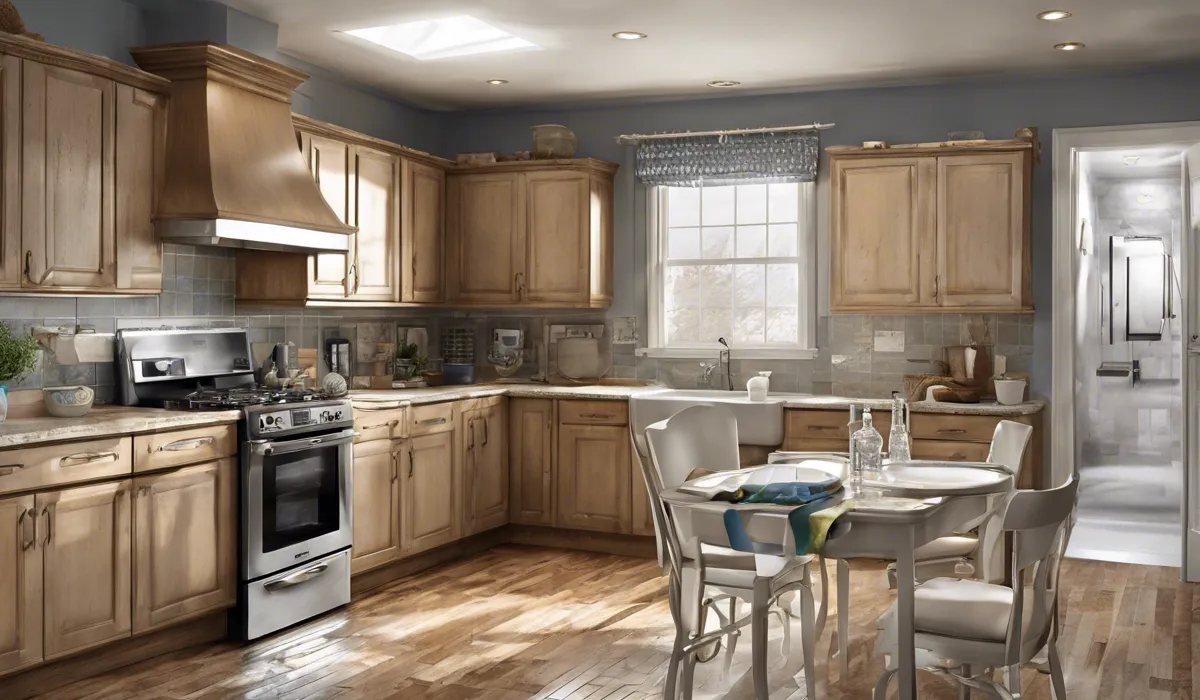
When to Call a Professional
If you’ve tried all the above steps and the overflow issue persists, it’s time to call a professional plumber or appliance repair technician. They can diagnose and fix more complex issues that might be beyond the scope of DIY fixes.
Maintenance Tips to Prevent Overflows
Regular maintenance can prevent future overflows. This includes routinely cleaning your air gap, garbage disposal, and dishwasher filters, as well as inspecting hoses and connections for signs of wear or damage.
Cleaning Routines for Appliance Longevity
Adopting regular cleaning routines for your air gap, garbage disposal, and dishwasher filters can significantly extend the life of your appliances and prevent clogging issues that lead to overflows.
The Importance of Proper Installation and Appliance Use
Proper installation and usage of your dishwasher and garbage disposal are paramount to preventing overflows.
Make sure that you follow the manufacturer’s instructions for installing and using these appliances. If you’re unsure, it’s best to consult with a professional.
FAQs About Fixing Dishwasher Overflow Into Sink
What should I check first if my dishwasher is overflowing into the sink?
First, check the sink’s air gap and clean any debris that you find to prevent the dishwasher from overflowing into the sink.
What do I do if the air gap is clear but the dishwasher is still overflowing?
Inspect the dishwasher’s drain hose for clogs, and make sure it is looped high before connecting to the sink drain to prevent backflow.
How can I tell if the dishwasher’s float switch is causing the overflow?
Examine the dishwasher’s float switch for any signs of clogs or malfunction. If it’s faulty or clogged, it may need to be unclogged or replaced.
Can a clogged drain hose cause my dishwasher to overflow into the sink?
Yes, a clogged drain hose can lead to water backing up and overflowing into the sink from the dishwasher.
Is it necessary for the dishwasher’s drain hose to be looped high?
Yes, looping the drain hose high is necessary to prevent gravity from causing the water to flow back into the dishwasher, which could lead to an overflow.
Final Thoughts
Addressing a dishwasher overflow into the sink involves a systematic check: start with the air gap, clearing any blockages.
Next, move to the drain hose, ensuring it’s clog-free and correctly looped. Lastly, assess the float switch for clogs or malfunctions, taking action to clean or replace it as needed to prevent future overflows.
